64 x 88 cm - 18th century giltwood frame.
Excellent condition - cleaned and restored in our studio.
Early 18th-century German painting was situated in a transitional period between Baroque and Rococo, marked by a blend of national and European influences. Baroque, which still dominated in the early 18th century, was characterized by dynamic compositions, a dramatic use of light and shadow, and a search for emotion and movement. However, over time, the lighter and more ornate Rococo style would gain momentum, particularly in the following decades.
In the early 18th century, French art, with artists such as François Boucher and Antoine Watteau, began to influence German artists, particularly in the fields of portraiture and gallant scenes. This shift is evident in a search for elegance, fluidity, and lightness, as well as a taste for ornamental details and scenes from everyday life.
Early 18th-century German painting was a pivotal moment, with the Baroque style coexisting with the emergence of Rococo. It was a period of transition and diversification, when German artists, while still influenced by French and Italian styles, began to develop a lighter and more decorative aesthetic, particularly in portraiture and frescoes.
Our painting is thus typically representative of this period in its composition, colors, and themes.
The Prodigal Son is one of the parables given by Jesus of Nazareth, also called the parable of the Prodigal Son. It is recounted in the Gospel according to Luke 15:11–32.The parable features three characters: the father, the eldest son, who faithfully follows his father's commandments and does not leave him; and the second, the younger son, the prodigal son, who, tired of his initial loyalty, distances himself from his father and sets out to discover the world and its seductions.





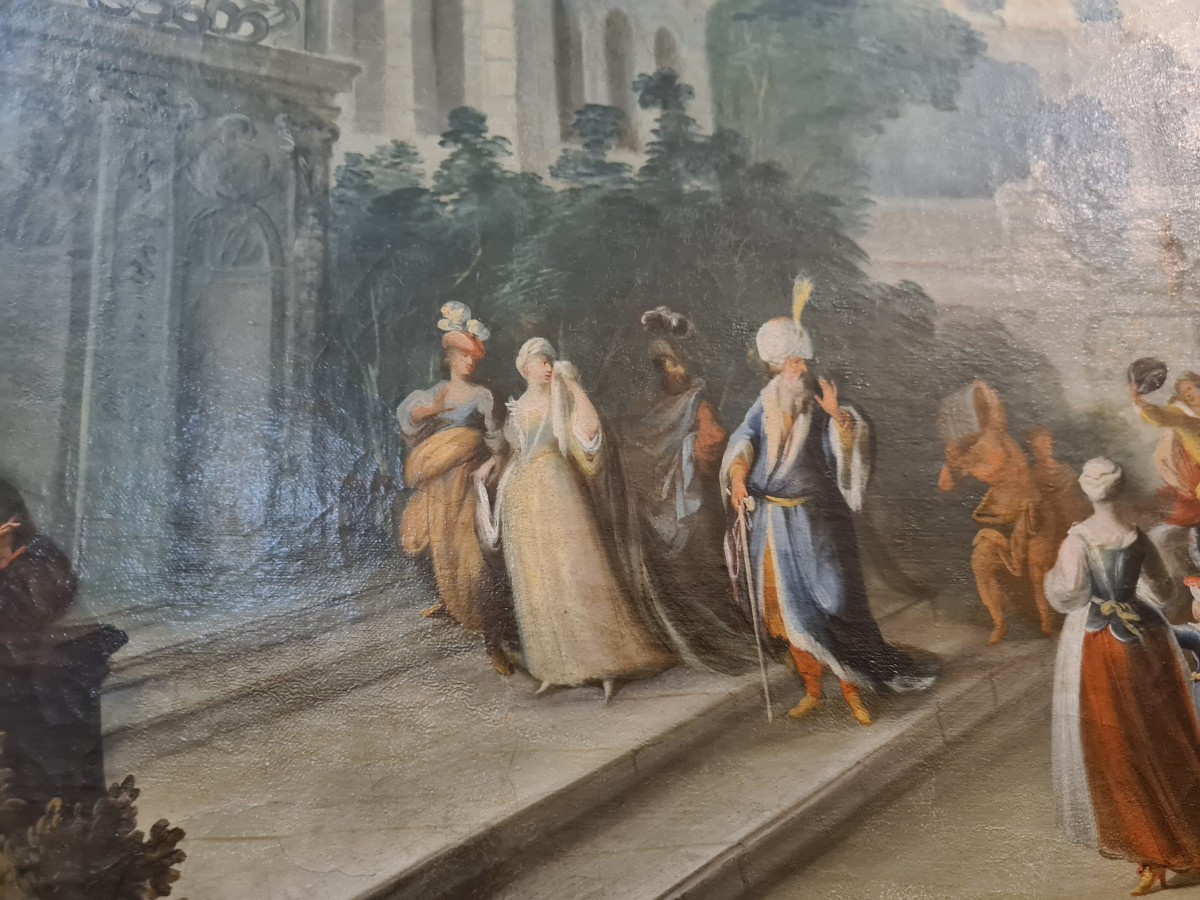

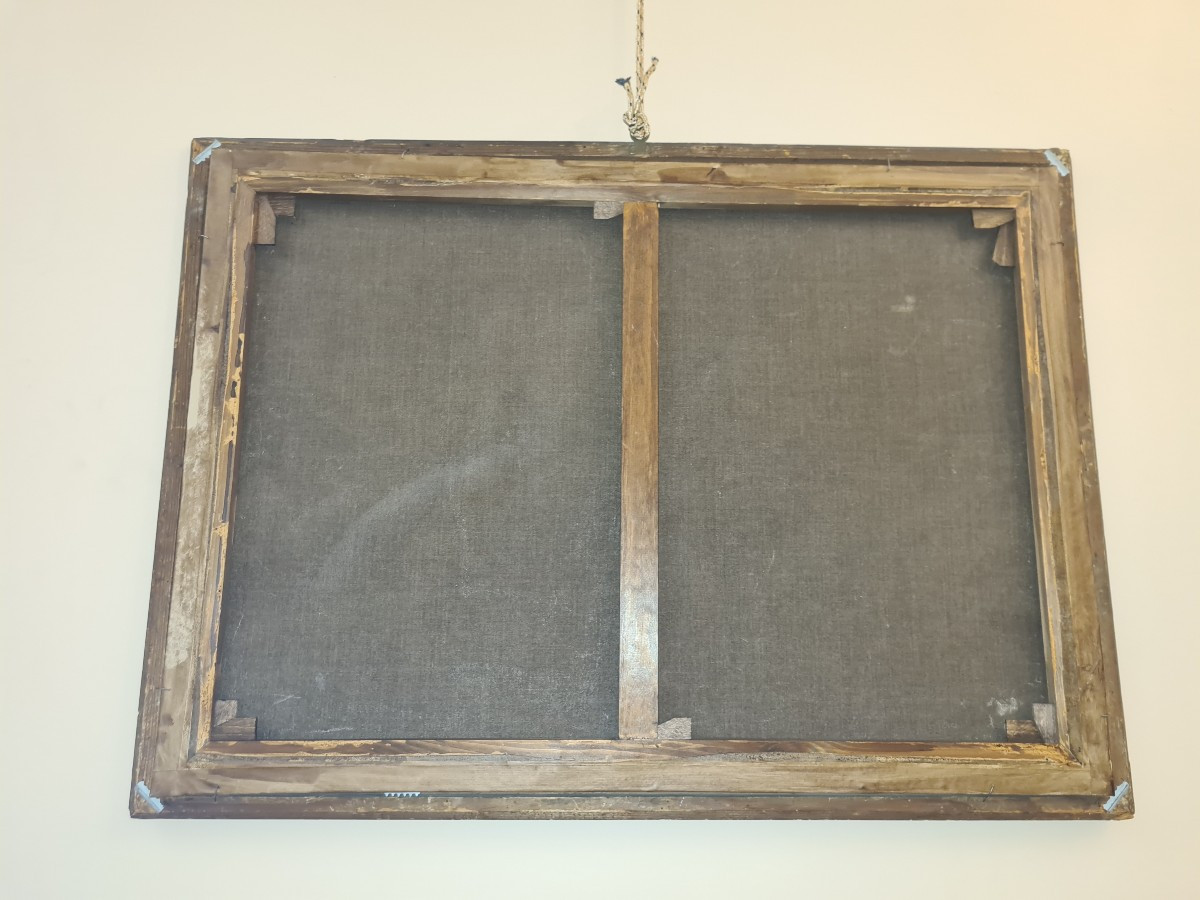










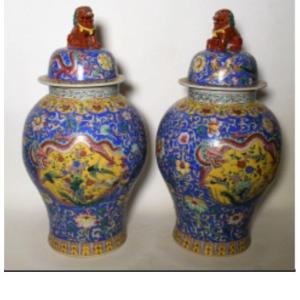


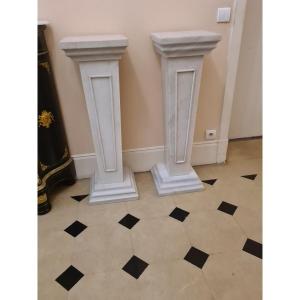
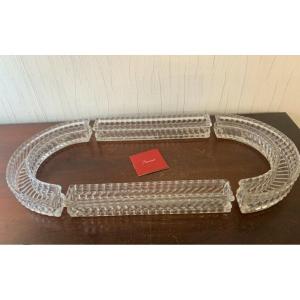




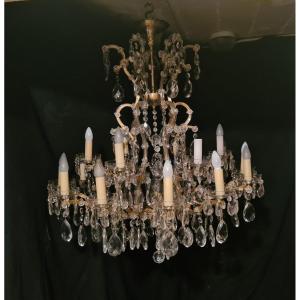



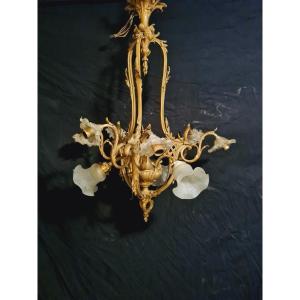




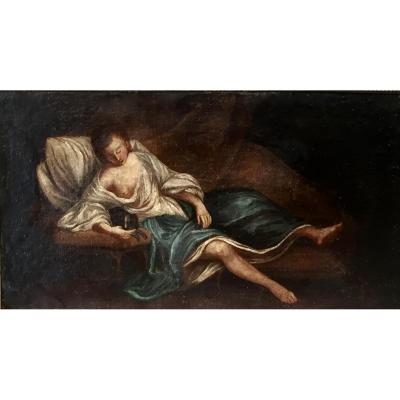



 Le Magazine de PROANTIC
Le Magazine de PROANTIC TRÉSORS Magazine
TRÉSORS Magazine Rivista Artiquariato
Rivista Artiquariato